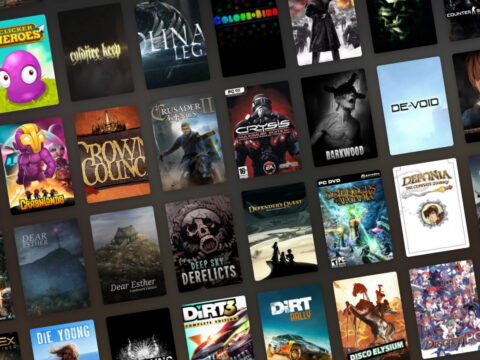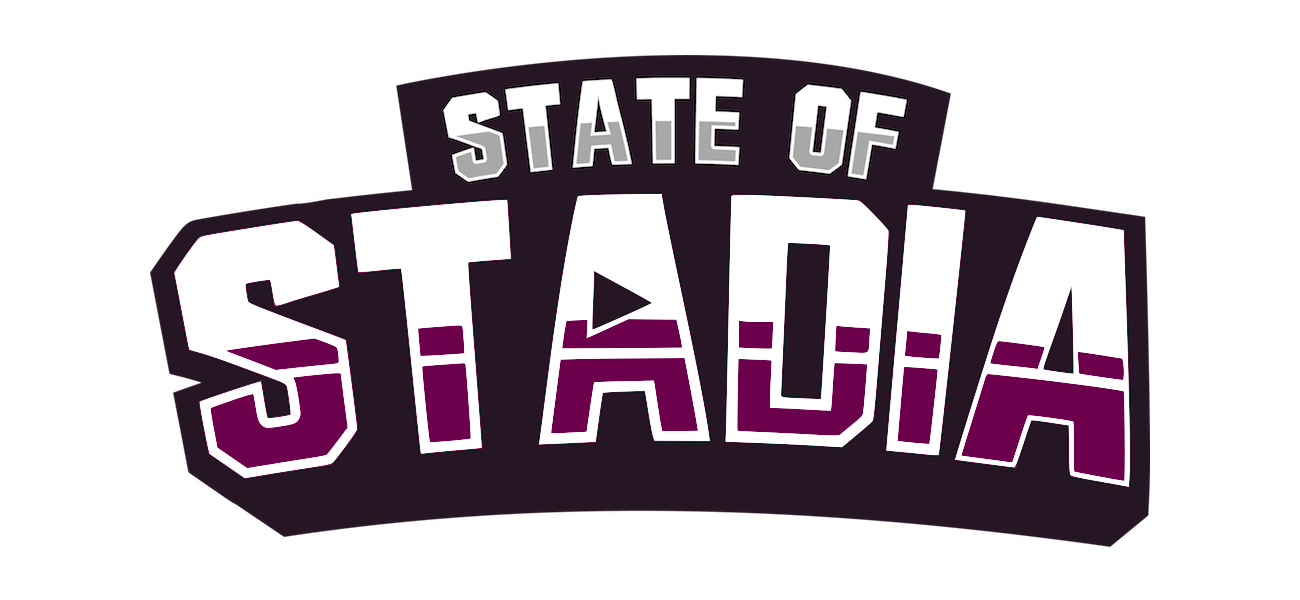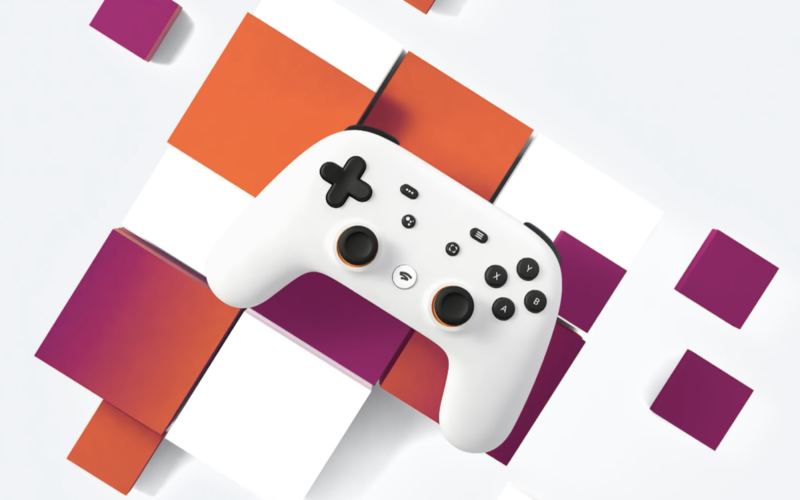On September 29, 2022, Google announced that it was winding down their Stadia game streaming service. The move came as a surprise to many, as Stadia had only launched in 2019 and was seen as a potential challenger to established gaming platforms such as Xbox and PlayStation. The service ended on January 18, 2023.
Stadia was designed to allow users to play high-quality video games on any device with an internet connection, without the need for a powerful gaming console or PC. It utilized cloud gaming technology to stream games directly from Google’s servers to users’ devices, which meant that games could be played on devices such as smartphones, tablets, and smart TVs.
While Stadia was initially met with enthusiasm from gamers and industry analysts, it struggled to gain traction in the highly competitive gaming market. Despite a promising launch and a strong lineup of games, Stadia faced a number of challenges that ultimately led to its demise.
One of the biggest challenges for Stadia was its business model. Unlike traditional gaming platforms such as Xbox and PlayStation, Stadia did not require users to purchase a physical console or gaming PC. Instead, users could access games through a subscription service or purchase individual games directly from the Stadia store.
However, this model proved difficult to sustain. The cost of developing and maintaining the infrastructure required for cloud gaming was high, and Stadia struggled to attract enough subscribers to cover these costs. Additionally, many gamers were hesitant to abandon traditional gaming platforms in favor of a new and untested service.
Another challenge for Stadia was its lack of exclusive content. While the platform boasted a number of high-quality games, many of these were already available on other platforms such as Xbox and PlayStation. This made it difficult for Stadia to attract users who were already invested in these platforms and had already purchased many of the same games.
Finally, Stadia faced technical challenges that made it difficult for some users to enjoy a smooth gaming experience. Streaming high-quality video games requires a fast and stable internet connection, and many users found that their internet speeds were not sufficient to support Stadia’s high-quality streaming.
Despite these challenges, Stadia was seen as a promising new entrant into the gaming market, and many industry analysts believed that it had the potential to disrupt the traditional gaming industry. However, Google’s decision to end development of new games for Stadia, followed by ending the entire service indicates that the platform was not able to overcome these challenges.
The end of Stadia is a reminder that the gaming industry is highly competitive and difficult to disrupt. Established players such as Xbox and PlayStation have loyal fan bases and a large library of exclusive content, making it difficult for new platforms to gain a foothold in the market. Additionally, the cost and technical challenges of cloud gaming make it difficult for new players to compete.
While the end of Google Stadia is disappointing for those who believed in its potential, it is not the end of innovation in the gaming industry. As technology continues to advance, new players may emerge with innovative new approaches to gaming that can capture the attention of gamers and disrupt the market. For now, however, the traditional gaming platforms remain dominant, and it will take a truly revolutionary approach to challenge their dominance.
Matt Harris
Matt started playing games after his Dad won an Nintendo 64 back in the late 90s, enjoying classics such as Super Mario 64, Goldeneye and Perfect Dark. Since then, he’s enjoyed all kinds of games and has always wanted to work with them in some way. He now writes about them for State of Stadia and has contributed to other gaming blogs. He's extremely interested in Stadia and always looking for more information upcoming Stadia features and games.
Related articles

Phil Harrison’s Latest Fail
Sam RogersFeb 25, 2023















Leave a Reply